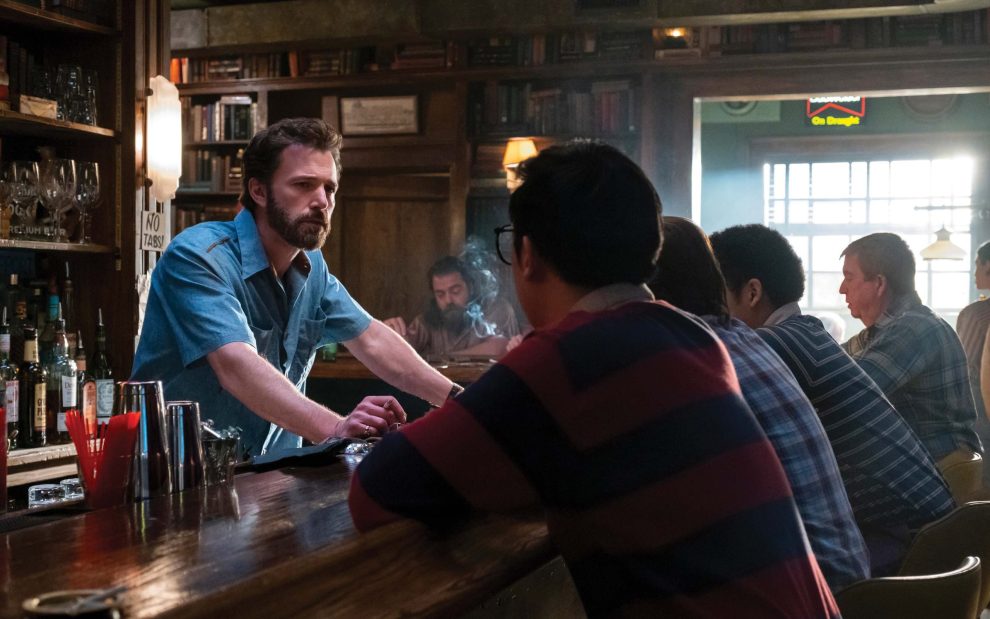By now it’s become a cliché that the COVID-19 pandemic has exposed social and economic ills that America long swept under the rug. Low wages, weak workplace protections, deindustrialization, grossly unequal access to health care, and paid leave—all these and more had been making life stressful and precarious for millions of Americans for decades. But when the economy shut down and people started dying in droves, the rest of us finally noticed.
Something similar has happened in the past year with alcohol abuse. Harvard University researchers recently published a study that found a 21 percent increase in excessive drinking during the pandemic. They project this surge will lead to thousands of additional deaths from alcohol-related liver diseases over the next 20 years. The pandemic-related spike in alcohol abuse has been especially pronounced among women, who, according to the RAND Corporation, have experienced a 41 percent increase in heavy drinking.
Like so much about the pandemic, these numbers are simply accelerations of preexisting trends. A 2017 article in the Journal of the American Medical Association reports a 49 percent increase in “alcohol use disorder” between 2001 and 2013. A study from the University of Michigan also found an increase in deaths from cirrhosis of the liver from 1999 to 2016, especially among women and young people aged 25 to 34.
And that’s who we see in the Hulu streaming series Single Drunk Female. In half-hour episodes, the series takes us from an alcoholic crash to the first year of sobriety with 28-year-old Samantha Fink. When we meet Sam, she’s reeling into her Manhattan office at a Buzzfeed-like website, swigging from a water bottle filled with vodka and loudly blaming “the patriarchy” when her boss calls out her behavior. She leaves the building unemployed and under arrest. After a 30-day court-ordered rehab, Sam is back living with her widowed mother in Boston where, one spectacular DUI relapse later, she starts listening to her Alcoholics Anonymous sponsor and trying to become a sober, responsible adult.
Generically, you’d have to call Single Drunk Female a sitcom, though some reviewers insist on calling it a “dramedy.” The show’s creator, 35-year-old Simone Finch, is open about the parallels between Sam’s experiences and her own as a seven-year AA member. And anyone who has spent any time around AA meetings knows that uproarious laughter, especially over the absurdity of alcoholic behavior, is as much a hallmark of the program as the bad coffee at the back of the room or the recitations of the Serenity Prayer.
Sofia Black-D’Elia’s performance as Sam is remarkable for capturing the all-over-the-map mood swings of her character’s early sobriety. As Sam’s sponsor keeps telling her, she’s regaining access to emotions and sensations that she’s been numbing for more than a decade. Ally Sheedy, as the woman Sam calls her “smother,” is a bit of a cartoon character at first but over the season emerges as her own woman with her own story.
We should hope that Single Drunk Female finds an audience among the young people cited in all those medical studies.
Meanwhile, no one is getting sober in The Tender Bar, an Amazon Prime Video movie directed by George Clooney and based on a memoir by Pulitzer Prize–winning journalist J. R. Moehringer. Instead, the movie casts a rosy glow over the collection of barflies who provided young J. R. with a collective substitute for his own violent, alcoholic, and absent father. J. R.’s Uncle Charlie, the bartender (played by Ben Affleck), is seen taking the young man under his wing and giving him instructions in the “male sciences,” which here mainly involve what drinks to order, where to put your cigarettes, and where to hide your money.
While the recovering alcoholics in Single Drunk Female comprise a 21st-century diversity checklist of ethnicities and identities, the drinking in The Tender Bar (set in the 1970s and ’80s) is the sort that a century of movies has taught us to associate with rugged masculinity and male bonding. It reminds us of the cowboys gathering around the saloon and generations of hard-boiled detectives drinking to numb the pain of a world gone wrong. It is also the sort of drinking that provoked many American women to call for Prohibition a century ago.
Of course, the good things The Tender Bar associates with drinking—the heightened conviviality and good humor—are all real. Alcohol can indeed, as scripture tells us, “gladden the human heart” (Ps. 104:15). However, it can also numb and cripple that same heart. None of the regulars at Uncle Charlie’s bar seem to have a home life. One of the only times we see them in the sunlight is when they pile into Uncle Charlie’s convertible for a trip to the beach, an outing which, by the way, requires the purchase of 48 beers to be consumed by only five men.
The guys at the bar do help a half-orphaned boy along the way to becoming a man, but readers of Moehringer’s memoir learn that, in order to complete the process, he also has to completely quit drinking at age 25. This moment of truth comes after the owner of the bar depicted in the movie dies from cracking his skull in a drunken fall.
All of that is kept outside the frame of the movie. That’s the kind of choice filmmakers always have to make in adapting literary material for the screen. But at a time when the lure of the bottle seems especially strong in American culture, it’s also a dubious one.
This article also appears in the May 2022 issue of U.S. Catholic (Vol. 87, No. 5, pages 36-37). Click here to subscribe to the magazine.
Image: Amazon Studios/Claire Folger












Add comment